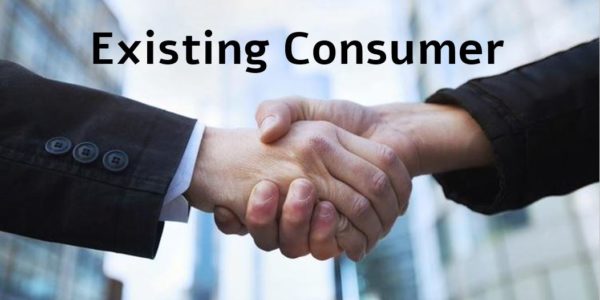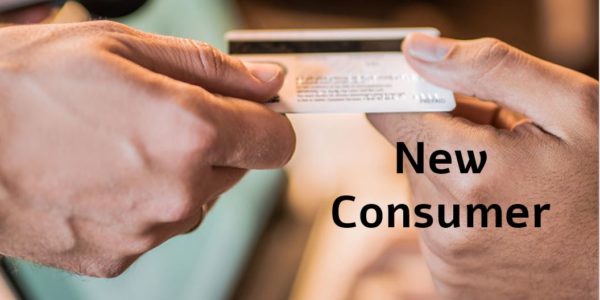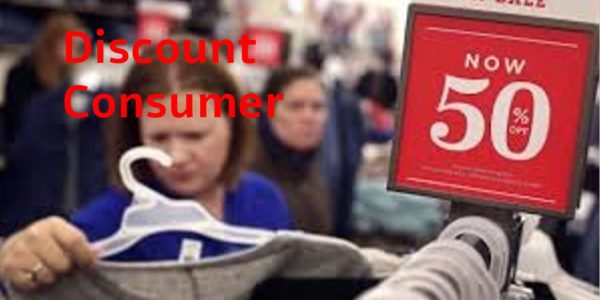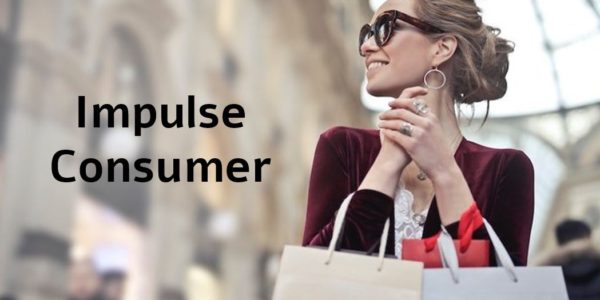NOTE: This is a sample blog post for a content writing assignment. This is the longer version, as the original assignment was for 400-500 word count. Requested keywords and concepts are underlined and in bold font. For more details on the original assignment, contact me.
Understanding consumer behavior can help your marketing department target your message and influence the decision-making process. A new perspective of your relationship to your customers and their behavior can help you grow with less effort and a greater ROI. A key consumer behavior concept, and the main principle of consumer behavior is that there is no such thing as a customer; they are a consumer. It’s your job to listen to their needs and anticipate their desires. Otherwise, you’ll lose them to your competitor. These examples of the 7 types of consumers[i] and how they make decisions can help you maximize the potential of each connection to guide them through the sales funnel.
- Existing consumers (i.e. “your customers”): Chasing after new sales while neglecting your client base (which makes 80%[ii] of your sales) is a recipe for disaster. Never forget–they’re only “loyal” because they haven’t been swept off their feet by the competition. Following up, maintaining an open dialog, responding to needs, and asking for feedback can prevent the loss of this valuable connection.
- New consumers: First-time buyers need support and follow-up to reduce dissonance. Instructions, helpful customer support, follow-up, and even bonuses like loyalty programs or discounts for accessory items can convert a one-time sale into repeat business.
- Potential consumers: Leads and visitors to your site or location could be converted with the right approach. Research into your target market and buying behavior of peripheral market segments can convert shoppers into “Existing consumers” (customers).
- Wandering consumers: “Just looking” can be turned into a sale with the right questions. This is yet another reason knowing your target and peripheral market segments can help you make the most out of each transaction. A positive interaction is another way to develop interest and positive word-of-mouth and brand recognition.
- Need-based consumers: Driven by needs, rather than brand loyalty or trendy features, a needs-based consumer is an excellent source of information that can keep you on your toes! You have the potential to both make a sale and tap into the mind of a focused consumer. Their focus is dissonance reducing buying behavior. Sales training, smart website layout, and good customer service can help a need-based consumer consider you a low-hassle option for repeat business.
- Discount consumers: One of the biggest market segments, yet one of the most fickle. Knowing your competition can help you differentiate your product or service based on providing value and proving quality. This can keep the conversation based on benefits beyond a low price.
- Impulsive consumers: Influenced more by mood than the product, this segment is less predictable than the other 6 types of consumers. They respond more to trends, perceived needs such as status symbols, and sales gimmicks like limited-time offers.
Consumer Decision Making Process
Here’s how to make the five stages [iii]of the consumer decision-making process in consumer behavior work for you. (Click here for the consumer decision-making process PPT.)
- Problem/Need recognition: Knowing your target market and what drives this particular consumer’s behavior can help your sales team, retail location, or website create a seamless process to influence and guide the consumer through the buying process.
- Information Search: Your print, visual, in-person, or online sales and marketing should be built to answer your consumers’ questions and position your product or service as an ideal match for their needs.
- Evaluation of Alternatives: Knowing your competition and being prepared for the most common objections with effective sales rebuttals are the best ways to prevent the loss of a sale.
- Purchase Decision: Lowering the consumer’s perception of risk and appealing to their sense of need can steer the consumer to purchase.
- Post-Purchase Behavior: When you have informed and guided the consumer through the decision-making process in keeping with consumer behavior principles, you can reduce the possibility of consumer dissonance. Consumer dissonance is the main reason consumers return items or have a negative impression of the product or service they purchased. Knowing what prompts a return is just as important as knowing why a consumer makes a purchase.
Consumer Buying Behavior
The key factors[iv] that influence consumer buying behavior are internal (personal) reasons, and external influences. Personal reasons vary widely as the different types of buyers may fall into the 7 main types as listed above, but are motivated by likes, dislikes, priorities, morals, and values. No matter how persuasive your marketing campaign is, it’s only effective if it meets the needs of these personal reasons for your target market. External influences can include friends and family, economic conditions, and exposure to marketing campaigns. Your own marketing campaign is the easiest factor to influence. But knowing your competition, and how they cater to the consumer behavior of your target market, is the easiest way to control a key factor that influences consumer buying behavior.
What you’re missing
What you don’t know CAN hurt you. You’re only seeing 20% from standard consumer behavior research. With (COMPANY), you can discover what websites your potential and existing consumers visit, what they’re searching for, and what they’re doing. See what your competitors are up to, what’s driving their traffic, and how you compare. Contact us to discover the 80% of vital consumer behavior information you’ve been missing!
[i] https://www.marketing91.com/7-types-of-customers/
[ii] https://marketinginsidergroup.com/strategy/marketing-80-20-rule-take-advantage/ “Applying it to the business world, the 80/20 rule suggests that 80% of your company sales come from 20% of your customers. Alternatively, you could say that 20% of what you do represents 80% of that particular activity’s outcome.”
[iii] https://www.b2bmarketing.net/en/resources/blog/5-steps-understanding-your-customers-buying-process
[iv] https://www.iresearchservices.com/5-common-factors-influencing-consumer-behavior/











